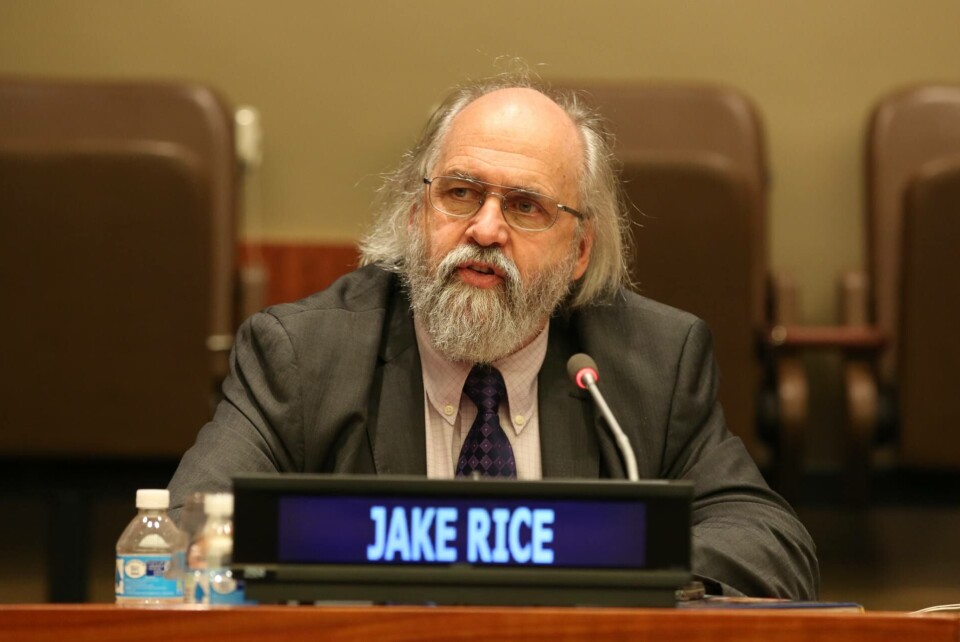
Risks posed by specialised salmon strains
While Norway might have a strong reputation for its approach to ecosystem-based management (EBM) in its aquaculture and fisheries sectors, there is still room for improvement and still a number of areas of concern, including the potential “devastating” impact of escaped specialised strains of salmon.
So believes Dr Jake Rice, National Senior Ecosystem Sciences Adviser, for Canada’s Department of Fisheries and Oceans, who will be speaking about EBM and how it is/can be applied to the fisheries and aquaculture industries around the world at the Sjømatdagene conference in Trondheim this week.
Although capture fisheries might be his main area of expertise, Dr Rice is aware of – and will be covering in his presentation – a number of issues associated with marine aquaculture, both in Norway and globally.
“For the salmon mariculture industry, there are some ecological challenges that do need to be addressed. We all know the controversy about use of artificially selected – and especially GMO – strains in culture. As one expert in a field of widely different views among experts, I personally am not greatly troubled by this issue, but some other experts I know and respect are far more concerned than I am,” he reflects.
“The reality is that there is simply very high uncertainty about the ability of these highly specialized strains to establish themselves in the wild, were they to escape (and sooner or later there is near certainty that they will escape) and possibly displace the wild stocks that remain. Escapes won’t happen often, and establishment after escape also does not have to be highly likely. A fairly rare event can still have devastating consequences, and we just don’t know how devastating such a rare event could be,” he observes.
Other elements of EBM also need to be taken in to consideration, he points out, including adapting to climate change.
“Climate change is a reality, so the growing conditions of the culture facilities are not going to remain stable. Fortunately, there is some research on adaptive ecosystem management underway – but there’s certainly scope for acceleration of that work,” he urges.
“In poorly managed and poorly sited facilities, there can be problems with over-treatment of fish with vaccines and antibiotics. Likewise, with food passing through the cages, decomposing on the seafloor and causing anoxic areas. But these are issues we know how to detect and how to manage. We just have to apply what we know,” he continues.
And he stresses that it is the industry performance, rather than the regulations that govern it, that is the key to assessing whether EBM is successfully being applied.
“The Norwegian industry is well informed of the potential impacts that coastal mariculture can have on coastal ecosystems, and that the industry is regulated (and in general conducts itself) with the intent of keeping those impacts within sustainable bounds. However, at the end of the day, it is performance of the industry rather than the number of type of regulations that really determines if ecosystem issues are receiving sufficient attention,” Dr Rice concludes.























































